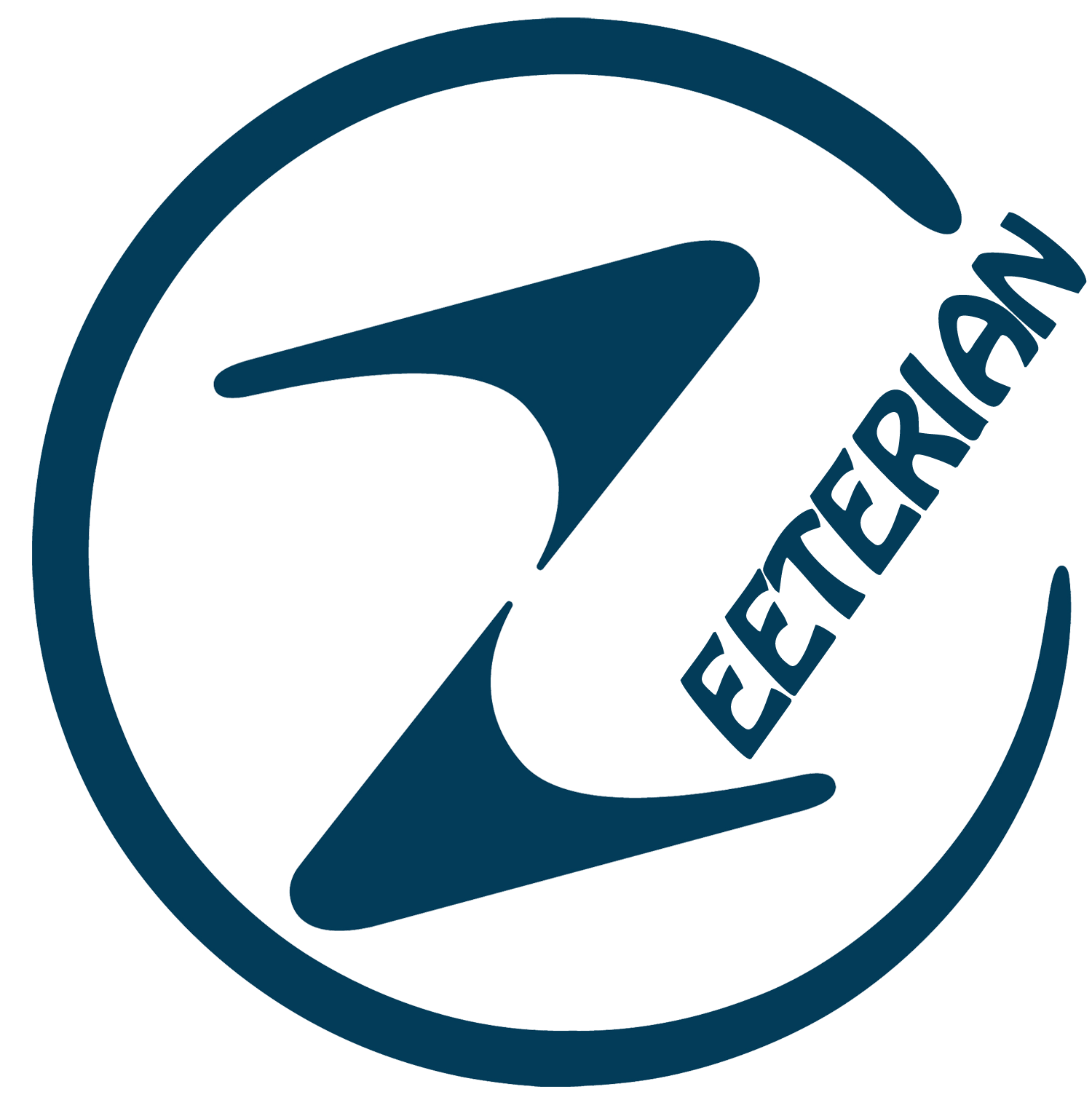Innovative systems are changing the exam landscape designs. These advanced tools happen to be allowing auditors to access and influence vast lies of customer data for deeper information into risk, inventory and system regulators.
Technology can also assist with classical, audit techniques, just like substantive discursive procedures, reducing the amount of time invested in documentation and data collection. This allows auditors more time to work with their most effective skills: specialist skepticism and judgment.
Some technology-driven tactics include blockchain, manufactured intelligence (AI), data and analytics, robotic method automation and drones. They enable better and methods of doing the auditing function, along with delivering better-quality outcomes designed for clients.
For instance , using AI-enabled document visitors to analyze monetary statements pop over to this website allows auditors to quickly flag anomalies and identify inconsistencies. Similarly, the usage of drones to back up physical products on hand counts minimizes auditing as well as improves dependability. Other scientific advances, including process exploration and machine learning, may be applied to systemize the review of data sets with respect to the diagnosis of potential issues.
Profiting from these advancements takes a mindset change from simply being afraid to try the euphoric pleasures to embracing them with an open mind. This is especially important when the risk connected with a new technology can be were able and mitigated through correct training, such as on-the-job teaching, simulations and closely watched live events.
Some environmental factors that influence a firm’s ownership of these emerging technology include client preferences, competition activity, regulatory response to the use of technology in the review and regional/global shifts to digitization. These can impact an audit firm’s willingness to embrace and implement these kinds of technologies in the practice.
